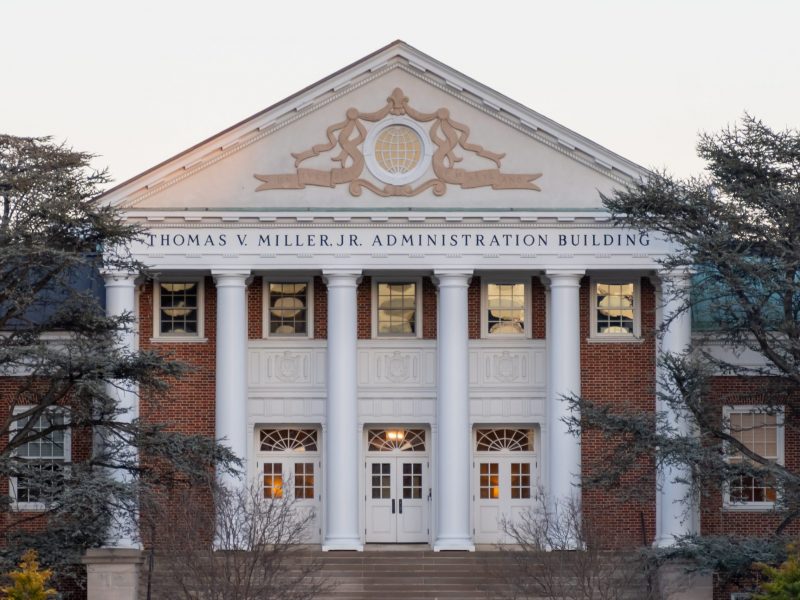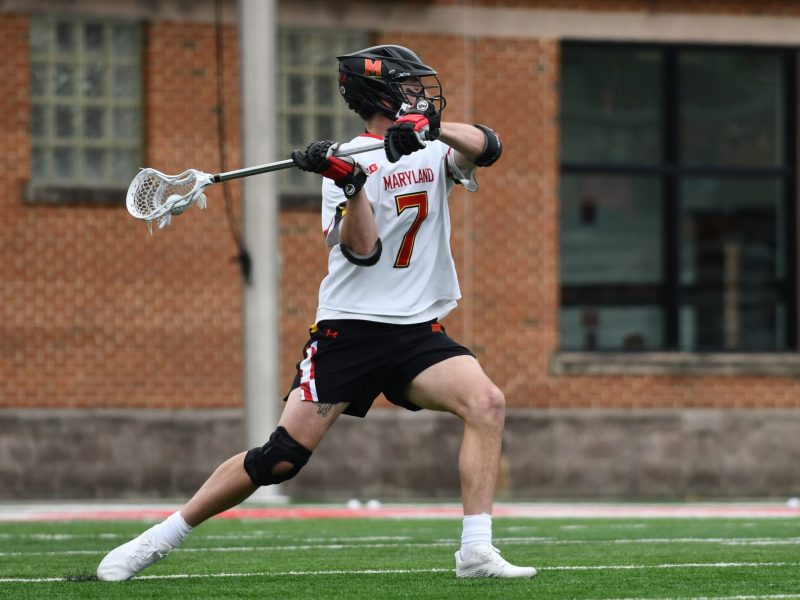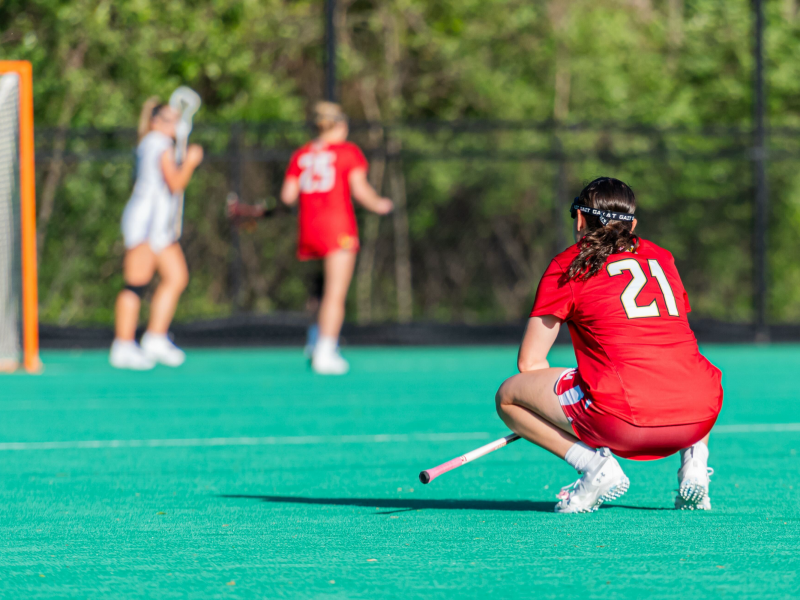
SMASH
In the basement lounge of Centreville Hall, there are more than 20 old TVs of all sizes scattered on tables around the room. These blocky sets are dinosaurs in comparison to the HD monitors that have come to invade every corner of the campus.
Though occasionally one of these TVs will vanish, sophomore computer science major Bob Ma said the stack has actually grown over time, as students have casually left their outdated-but-functional TVs among the others. These TVs will get a second life, however, with this university’s Super Smash Bros. Club.
The Super Smash Bros. Club is a group devoted to playing the game series Super Smash Bros. competitively. The series, which started in 1999 on the Nintendo 64, is a popular fighting game known for bringing together a variety of characters from different Nintendo series into one crazy battle to see who can stay on a platform longest before getting knocked off. The playable characters and battle stages have changed in the different iterations of the series, including Super Smash Bros. Melee, which was released in 2001 and is still incredibly popular among competitive Smash players.
The Super Smash Bros. Club’s history is a little fuzzy, though the group has been officially recognized by the Student Government Association since last spring, said Ma, who is the club’s vice president.
However, the club is only part of the Super Smash Bros. culture on the campus.
“Smash scenes just kind of exist. We’re just the group,” Ma said.
“We were a club before that, but no one went for funding,” said Devin Gajewski, a senior computer science major and the group’s treasurer.
The club formed from several different Smash clusters scattered around the campus, including Cambridge 3, a group of Smash players who lived on the same floor in Cambridge Hall, Gajewski said. However, the first organized gathering of Smash players took place around two years ago, when Gajewski was a sophomore. This iteration of the Smash Club successfully held a tournament in one of the lounges in Oakland Hall.
“We’ve been on and off as different groups,” Gajewski said.
The group now takes on two different forms: a Facebook group and an in-person club.
Though the club Facebook group was originally for students to meet up, the group has expanded to include Smash players from all over Maryland and Virginia and now boasts more than 800 members, many of whom are not students.
“Since we started hosting tournaments, it kind of expanded,” Gajewski said.
The appeal of the group is not a surprise to Ma, who says he sent out hundreds of emails to prospective members following the First Look Fair.
“Everyone’s played Smash,” Ma said.
Ma explains that the college environment is conducive to forming a Smash community. While it is harder for high schoolers to get into Smash tournaments, it is easy for college students to become more advanced Smash players.
“When you get to college, you live within walking distance of like 300 smashers,” Ma said.
“The cool thing was all of us wanted to get into competitive Smash, and we made a club,” Gajewski said.
Members of the Facebook group who want to play can post and seek out matches with others at any time. The club also hosts weekly “Smashfests” on Fridays in the Centreville Hall basement, using many of the TV sets that are stashed away there — these older TVs are optimal for most Smash games, as they prevent lagging between the system and the screen.
These gatherings draw in about 100 players on a good day, including high school players, quite a few whom come from western Maryland or out of state, and even a professor from this university, Gajewski said.
These events help newer competitive players get used to the competitive Smash scene without breaking the bank. Ma explained that most tournaments charge entry fees and venue fees just to recoup the cost of renting a space for people to play friendly matches. These larger competitions usually appeal only to highly skilled players who can possibly go on to win and recoup their entrance fees.
“We can hold these great tournaments for new players, because new players don’t necessarily want to pay to get destroyed,” Ma said. “Our goal is to grow the scene.”
The group is looking to revive a larger pay-to-play tournament series, called “Shell Shocked,” said sophomore computer science major Joseph Brosnihan, who is the group’s president. “Shell Shocked” was a large campus tournament event that took place well before the Smash club was founded, and the new group revived it. They hope to throw another tournament, though the group is struggling with getting funds from the SGA to do so.
However, the club’s weekly events are free to play and offer no real reward for the winners. They offer low-level or medium-level players a chance to grow and become part of the scene.
“It’s definitely an awesome community,” Gajewski said.


